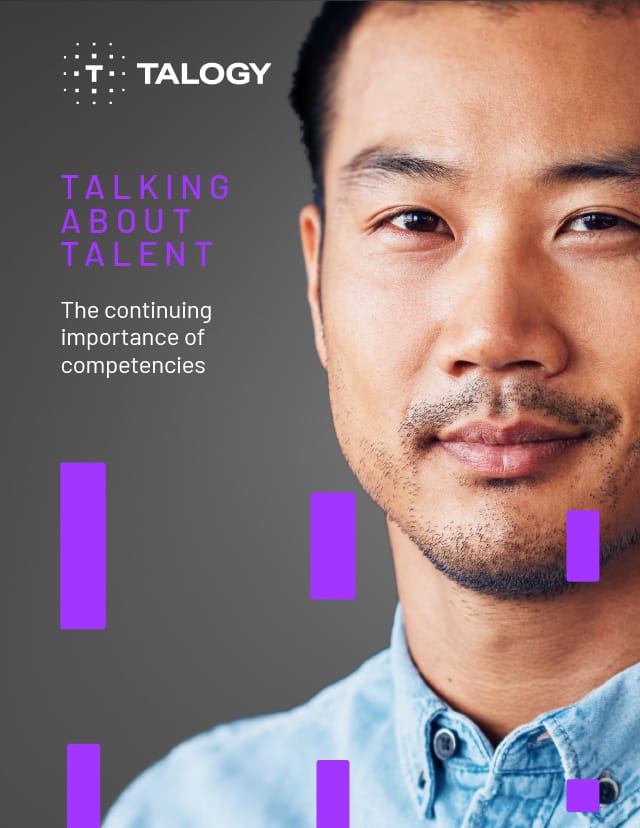Written by Vicki Bauer, Content Marketing Manager
The new year is a great time to reflect and set new goals for your organisation. Your people are an integral component in your ability to achieve those goals, so it’s crucial to evaluate the climate of your workforce. Do you have enough talent to help you achieve your business goals? Do you have enough applicant volume to support your growth? These questions are the reason that having a strategic hiring plan is so important.
How to build a better hiring plan in 3 steps
At a time of year when so many individuals and organisations are setting goals for the future, follow these steps to build a hiring plan that will carry you through this year and beyond.
Step 1. Anticipate workforce needs
One of the first steps to take when creating a hiring plan is to assess both the quality and quantity of your current workforce. The quality of the workforce is reflective of how your employees are rated on their current performance, whereas the quantity of the workforce measures the numerical impact of recruitment and retention initiatives.
There are a number of ways to get a sense of your current employees’ knowledge, skills, and abilities:
- You can reference old CVs to identify training and certifications that may not be utilised in an employee’s current role.
- You can discover your employees’ hidden talents, hobbies, and passions through simply having regular conversations with them.
- Performance reviews are also a great resource to find employees who are performing outside of their scope and are ready to take on more responsibility. In fact, evaluating performance and identifying potential for career advancement opportunities is crucial to retaining employees and achieving long-term success.
When conducting any sort of workforce analysis, ask yourself how many employees do you typically need to replace in a given year? Do you have a plan in place for employee turnover? Not only do you need to think about the new positions you anticipate having to fill, but there will also be departures and promotions for which you’ll need to be prepared as well. Plan ahead so you aren’t taken by surprise and rushing to fill critical gaps later.
Step 2. Identify the talent gaps
By now you should have a clear snapshot of how your company’s workforce will look throughout the year. But there’s a second aspect that has a major impact on hiring plans: annual business goals. Leadership will set a course for the year, whether that be to launch a new product, add a new department, or increase sales revenue. Any major objectives for the year might affect your talent acquisition strategy.
Key questions for the HR department when crafting a hiring plan include:
- Does the company have the right talent for the year’s business strategy?
- Where can I anticipate skills gaps to meet company objectives?
- Are there any budgetary limitations that will inhibit the ability to achieve talent acquisition goals and address those skills gaps?
When putting together your hiring plan, focus on the activities and elements that aim to improve your quality of hire rather than to receive as many applicants as possible. Here are some examples of these types of activities:
- Revamp your job descriptions. Poorly written job descriptions can attract candidates that are the wrong fit and deter qualified candidates from applying. Effective job descriptions should be based on the results of a job analysis that give a complete picture of what skills and attributes a candidate needs to possess to be successful in the role.
- Fine-tune your sourcing channels. Are you collecting data from your applicants on how they heard about the job? Leverage that data to re-evaluate your spend on recruitment initiatives and shift your focus to the sourcing channels that are driving the largest pool of qualified applicants.
- Implement an employee referral program. Employee referrals are not only the shortest time to hire and onboard, but they also improve the quality of hire. Who knows the best cultural fit for your company better than your own employees?
By implementing these activities, you can attract applicants that have the right knowledge and skill set. You want to be able to confidently select the candidates that are the best fit for both the role and your company.
Personality assessments such as Talogy’s PAPI assessment are one of the best tools for determining candidate fit. Additionally, CVs and structured interviews can give you a picture of how a candidate has performed in the past which can help to predict how a candidate will perform in the future for your company. Personality assessments can be paired with CVs and interviews for a more well-rounded view of your candidates and can improve time to hire and quality of hire metrics.
Step 3. Assess your talent acquisition strategy
An important aspect of your talent acquisition and hiring process is to make sure those candidates you’ve selected will choose you in return. You’ll want to consider:
- Assessing your rewards and incentives programs. This can be particularly challenging in a remote or hybrid work environment, but it’s still important to consider. Is what you’re offering going to meet the expectations of your ideal candidates? If not, it could be difficult to attract and retain top talent.
- Implementing professional development plans. This is a key benefit that candidates search for in a company. Building employee development into your long-term success plan keeps them on track and shows them that you are invested in them as people and want them to succeed.
- Evaluating your company culture. Having a strong company culture not only attracts highly qualified candidates, but also influences these individuals to stay with your company long term because they personally identify with the beliefs and attitudes.
The new year is a great time to assess your hiring strategy and implement changes that will affect the long-term success of your company. However, it’s important to keep in mind that HR planning is an ongoing process and you should continue to evaluate your strategy as the priorities of your organisation and overall industry trends change.



